Welcome to a guide on how to prevent accidents and promote independence by installing grab bars at entryways. As we age or face mobility challenges, simple tasks like entering and exiting our homes can become increasingly difficult and hazardous. However, with the right safety measures in place, we can regain our confidence and maintain our independence.

Grab bars provide a sturdy and reliable support system, reducing the risk of slips, falls, and injuries. Not only do they enhance safety, but they also offer peace of mind for both individuals and their loved ones. In this article, we will explore the importance of grab bars, their installation process, and the various options available to suit different needs and preferences. Whether you are a caregiver, a concerned family member, or an individual seeking to create a safer home environment, this guide will equip you with the knowledge and resources to make informed decisions and take proactive steps towards accident prevention and independence promotion. Let's dive in and discover the benefits of installing grab bars at entryways!
The Importance of Preventing Accidents at Entryways
Entryways are often high-traffic areas in our homes, and accidents can happen in an instant. Slips and falls can lead to serious injuries, particularly for individuals with limited mobility or balance issues. By taking proactive measures to prevent accidents, we can create a safe environment that promotes independence and peace of mind. Installing grab bars at entryways is a simple yet effective way to enhance safety and reduce the risk of accidents. These bars provide a stable support system, allowing individuals to maintain their balance and navigate entryways with confidence. Whether it's a small step up or navigating through a narrow doorway, grab bars offer the stability needed to prevent accidents and ensure a smooth transition. By addressing potential hazards at entryways, we can create a welcoming and safe environment for everyone.
Accidents at entryways are not only a concern for individuals with mobility challenges; they affect people of all ages. Slippery surfaces, uneven terrain, and unexpected obstacles can lead to falls and injuries. By installing grab bars, we can create a safer environment for ourselves, our loved ones, and visitors. Additionally, preventing accidents at entryways can also help reduce healthcare costs and the strain on caregivers. By taking proactive steps towards accident prevention, we can minimize the likelihood of injuries and maintain our independence for longer.
Understanding the Benefits of Grab Bars
Grab bars offer a range of benefits that go beyond accident prevention. These sturdy bars provide individuals with a reliable support system, promoting independence and confidence. By installing grab bars at entryways, individuals can navigate their homes with ease, reducing the need for assistance or reliance on mobility aids. These bars are designed to withstand weight and provide stability, allowing individuals to maintain their balance and move freely. The benefits of grab bars extend beyond entryways; they can also be installed in bathrooms, bedrooms, and other areas where additional support is needed. Grab bars offer a versatile solution that can be customized to suit individual needs and preferences.
One of the key advantages of grab bars is their ability to accommodate different mobility levels. Whether someone requires minimal support or relies heavily on assistance, grab bars can be positioned at various heights and angles to provide the necessary stability. This adaptability makes grab bars an ideal solution for individuals with temporary injuries, chronic conditions, or those who simply want to create a safer environment. Furthermore, grab bars are available in different materials, finishes, and styles, allowing individuals to choose options that seamlessly blend with their home decor. Installing grab bars not only enhances safety but also adds a touch of style to any entryway.
Types of Grab Bars for Entryways
When it comes to choosing grab bars for entryways, there are various types to consider. The type of grab bar you select will depend on the specific needs of the individual and the layout of the entryway. Here are some common types of grab bars:
1. Straight Grab Bars: These bars are the most basic and commonly used type. They provide a straight, horizontal support system that can be positioned at different heights and lengths. Straight grab bars are versatile and can be installed near steps, doorways, or any area that requires additional support.
2. Angled Grab Bars: Angled grab bars are designed to provide support at an angle, making them ideal for areas where a straight bar may not be suitable. These bars can be positioned diagonally or at a specific angle to accommodate the individual's needs and the layout of the entryway.
3. Floor-to-Ceiling Grab Bars: Floor-to-ceiling grab bars offer maximum stability and support. These bars are installed from the floor to the ceiling, providing a secure handrail-like structure. They are particularly beneficial for individuals who require extensive support or those who use mobility aids such as walkers or wheelchairs.
4. Foldable Grab Bars: Foldable grab bars are designed to be easily folded away when not in use. These bars are ideal for entryways with limited space or areas where a permanent grab bar may not be desired. Foldable grab bars provide the flexibility to have support when needed and can be conveniently folded away when not in use.
5. Decorative Grab Bars: Decorative grab bars offer a combination of style and functionality. These bars come in various finishes and designs, allowing individuals to choose options that complement their home decor. Decorative grab bars are an excellent choice for those seeking to enhance safety without compromising aesthetics.
It's important to assess the specific needs of the individual and the entryway before selecting the appropriate type of grab bar. Consulting with a professional or occupational therapist can provide valuable insights and recommendations for the best grab bar solution.
Installation Process and Considerations
Proper installation of grab bars is crucial to ensure their effectiveness and safety. Here is a step-by-step guide to installing grab bars at entryways:
Assess the Entryway: Begin by assessing the entryway and identifying the areas where grab bars will provide the most support. Consider factors such as the layout, height requirements, and any obstacles that may affect installation.
When installing grab bars, it's important to follow the manufacturer's instructions and guidelines. If you are unsure about the installation process, it's recommended to seek professional assistance to ensure proper installation and maximum safety.
Tips for Choosing the Right Grab Bars for Your Entryway
Choosing the right grab bars for your entryway can greatly enhance safety and functionality. Here are some tips to help you make informed decisions:
1. Consider Weight Capacity: Ensure the grab bars you choose have a weight capacity that exceeds the individual's weight. This will provide an extra margin of safety and durability.
2. Measure the Entryway: Measure the entryway and determine the available space for grab bars. Consider the height and width requirements to ensure the bars fit comfortably and provide adequate support.
3. Evaluate Grip Texture: Look for grab bars with a textured surface or a formed grip. This will provide additional traction and prevent hands from slipping, especially when wet.
4. Choose ADA Compliant Bars: ADA compliant grab bars adhere to specific standards set by the Americans with Disabilities Act. These bars are designed to accommodate individuals with disabilities and provide the necessary support and accessibility.
5. Consider Style and Finish: Select grab bars that match the aesthetics of your entryway. Whether you prefer a modern, traditional, or decorative style, there are grab bars available in various finishes and designs to suit your preferences.
6. Seek Professional Advice: If you are unsure about which grab bars to choose, consult with a professional or occupational therapist. They can provide personalized recommendations based on the specific needs and requirements.
By considering these tips, you can ensure that the grab bars you choose are not only functional but also aesthetically pleasing, seamlessly blending with your entryway's design.
Maintenance and Safety Precautions for Grab Bars
To ensure the longevity and effectiveness of grab bars, regular maintenance is essential. Here are some maintenance and safety precautions to keep in mind:
1. Clean Regularly: Clean the grab bars regularly using mild soap and water. Avoid using abrasive cleaners or harsh chemicals that may damage the surface.
2. Check for Loose Screws: Regularly check the mounting hardware and screws to ensure they are secure. Tighten any loose screws immediately to maintain stability.
3. Inspect for Wear and Tear: Periodically inspect the grab bars for signs of wear and tear, such as cracks, rust, or loose fittings. Replace any damaged or worn-out grab bars promptly.
4. Educate Users: Educate individuals using the grab bars on proper usage techniques. Emphasize the importance of relying on the grab bars for support and avoiding excessive force or misuse.
5. Consider Regular Safety Audits: Conduct regular safety audits of the grab bars and entryways to identify any potential hazards or areas that require improvement. This proactive approach can help prevent accidents and ensure ongoing safety.
By following these maintenance and safety precautions, you can prolong the lifespan of the grab bars and maintain their effectiveness in preventing accidents.
Promoting Independence with Grab Bars
Installing grab bars at entryways not only prevents accidents but also promotes independence. By providing a reliable support system, grab bars empower individuals to navigate their homes with confidence and minimal assistance. The presence of grab bars eliminates the need for constant reliance on caregivers or mobility aids, allowing individuals to maintain their independence and freedom. Grab bars offer a sense of security and stability, enabling individuals to perform daily tasks with greater ease and reduced fear of falling. This newfound independence can greatly enhance one's quality of life and overall well-being.
Moreover, grab bars promote self-confidence and psychological well-being. Knowing that there is a sturdy support system in place gives individuals the assurance to explore their surroundings and engage in activities without constant worry about their safety. The presence of grab bars can also alleviate anxiety and fear, both for the individuals themselves and their loved ones. By encouraging independence and reducing the risk of accidents, grab bars contribute to a more inclusive and empowering living environment.
Case Studies: Real-Life Examples of How Grab Bars Have Prevented Accidents and Promoted Independence
To further illustrate the impact of grab bars, let's explore some real-life examples of how they have made a difference:
1. Jane's Story: Jane, a 75-year-old retiree, had been experiencing difficulty navigating her front steps due to arthritis. After installing grab bars, she regained her confidence and independence. She no longer relied on her daughter's assistance and could come and go from her home without fear of falling.
2. Mark's Journey: Mark, a young man with a temporary leg injury, was concerned about maintaining his independence during his recovery. By installing grab bars in his entryway, he was able to safely maneuver his crutches and maintain his daily routine. The grab bars provided the necessary support, allowing Mark to regain his independence while he healed.
These case studies highlight the transformative impact that grab bars can have on individuals' lives. By preventing accidents and promoting independence, grab bars enable individuals to live life to the fullest and maintain their freedom.
Other Safety Measures to Consider for Entryways
While grab bars play a vital role in preventing accidents at entryways, there are other safety measures to consider as well. Here are some additional precautions to enhance safety:
1. Non-Slip Flooring: Install non-slip flooring or apply non-slip coatings to existing surfaces. This reduces the risk of slips and falls, especially in areas prone to moisture or spills.
2. Adequate Lighting: Ensure entryways are well-lit to enhance visibility and reduce the risk of accidents. Install motion-sensor lights or consider using automatic timers for added convenience.
3. Remove Hazards: Clear entryways of any obstacles, clutter, or tripping hazards. Create a clear path for easy navigation and ensure all items are stored properly to prevent accidents.
4. Secure Handrails: If entryways have stairs, ensure handrails are securely fastened and provide adequate support. Handrails offer an additional level of stability and safety.
By implementing these additional safety measures, you can create a comprehensive and secure environment at entryways.
Conclusion: Creating a Safe and Independent Environment with Grab Bars
In conclusion, installing grab bars at entryways is a proactive and effective way to prevent accidents and promote independence. These sturdy support systems provide individuals with the stability and confidence they need to navigate their homes safely. By choosing the right grab bars, following the proper installation process, and considering maintenance and safety precautions, we can create a safe and independent environment for ourselves and our loved ones. Grab bars offer not only physical support but also a sense of empowerment and freedom. Through real-life examples and the exploration of other safety measures, we have seen how grab bars can make a significant difference in individuals' lives. So, don't wait any longer – take action today and install grab bars at your entryways to create a safer and more independent living environment for all.


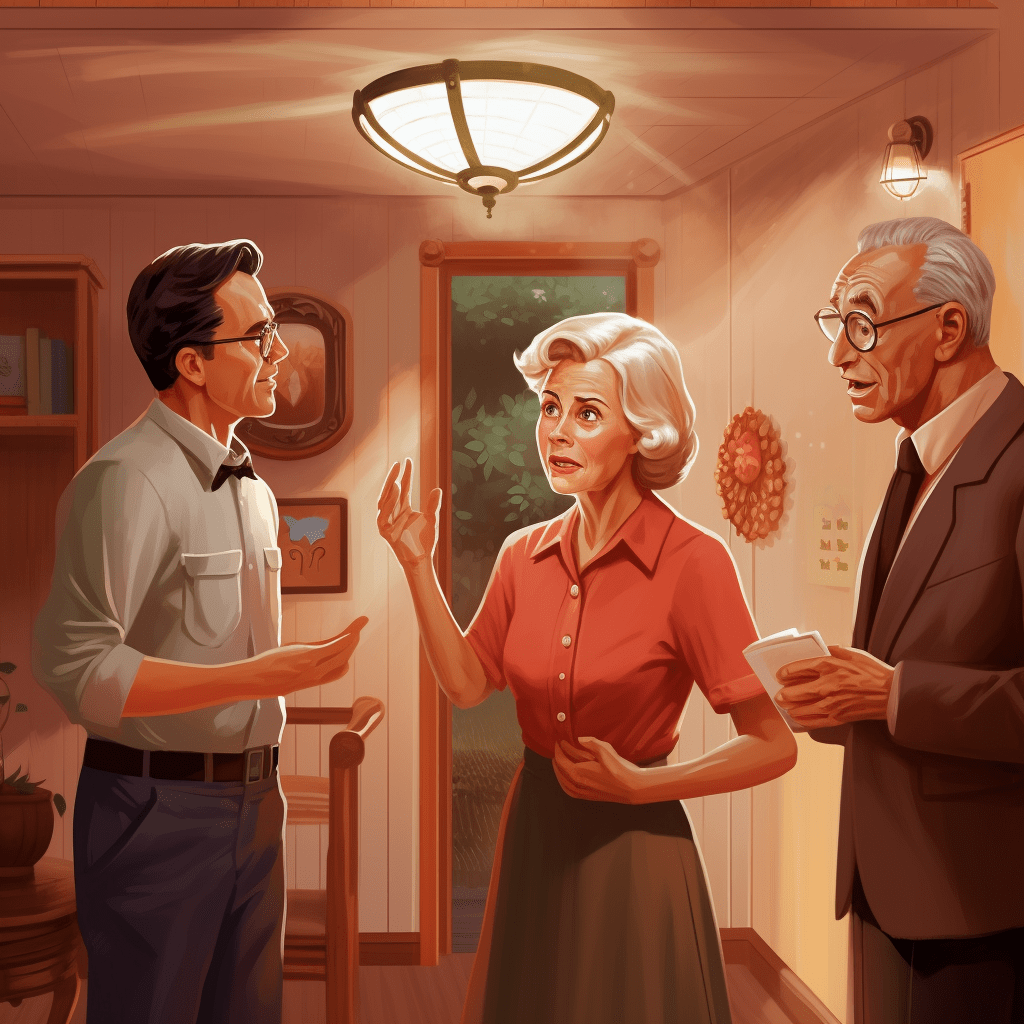

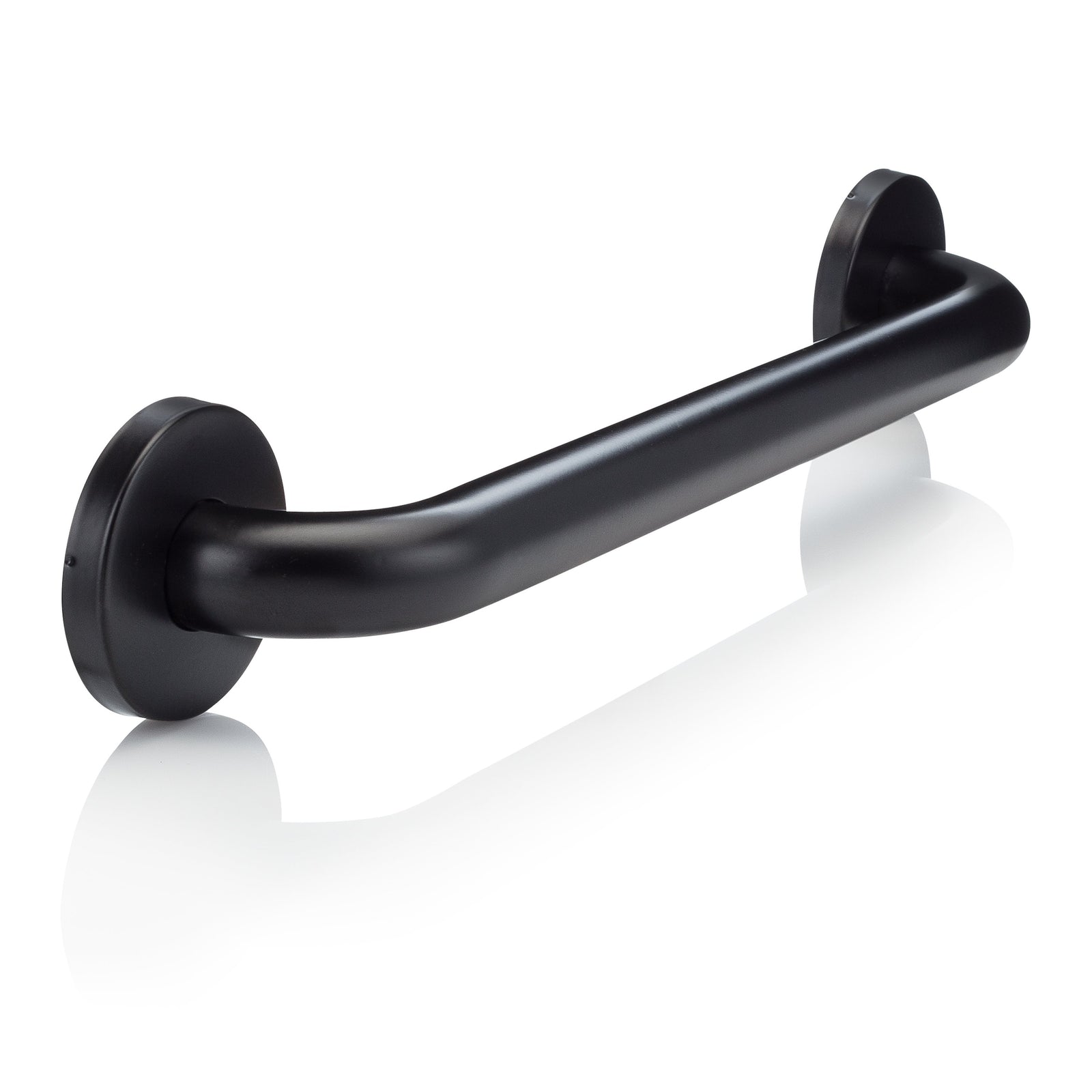
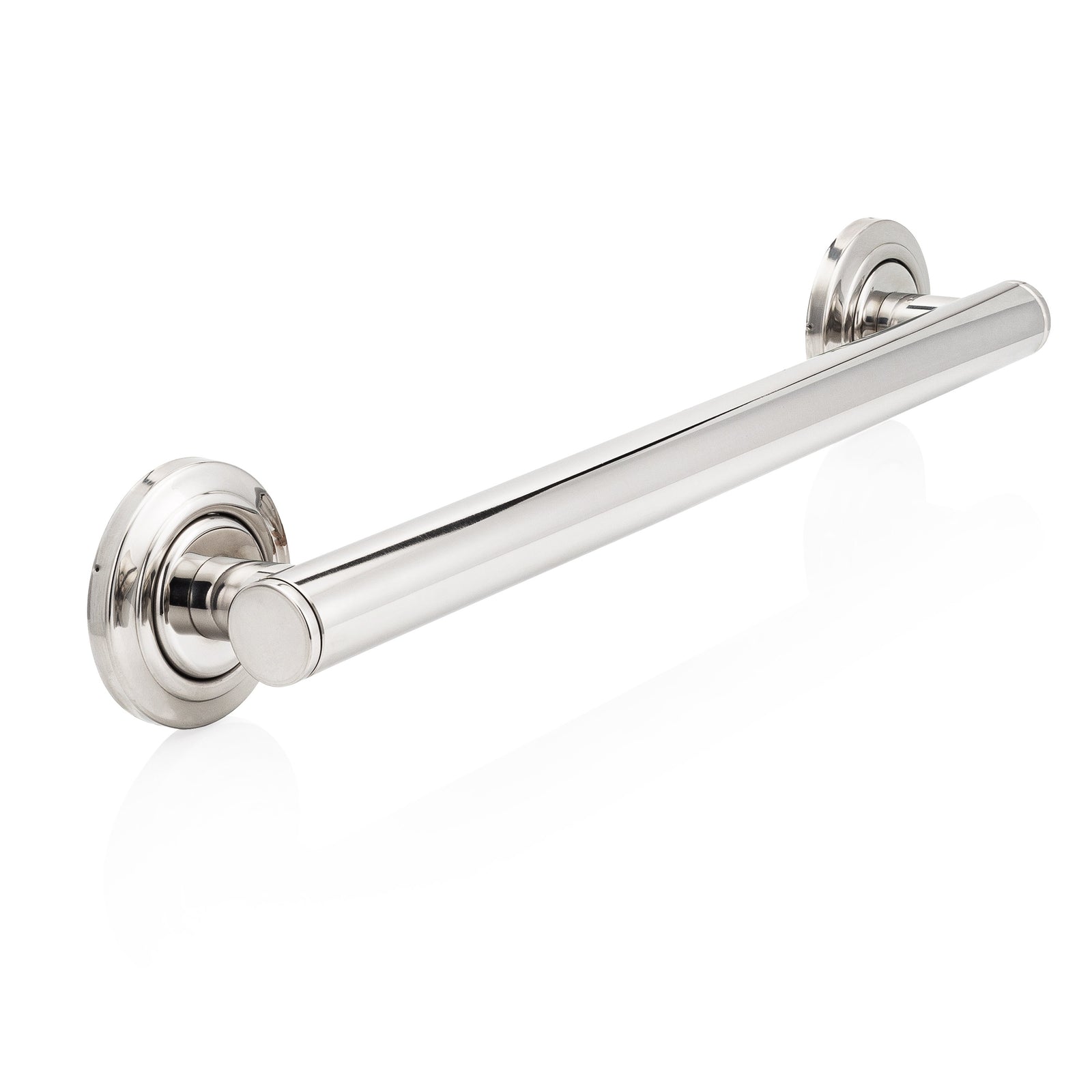


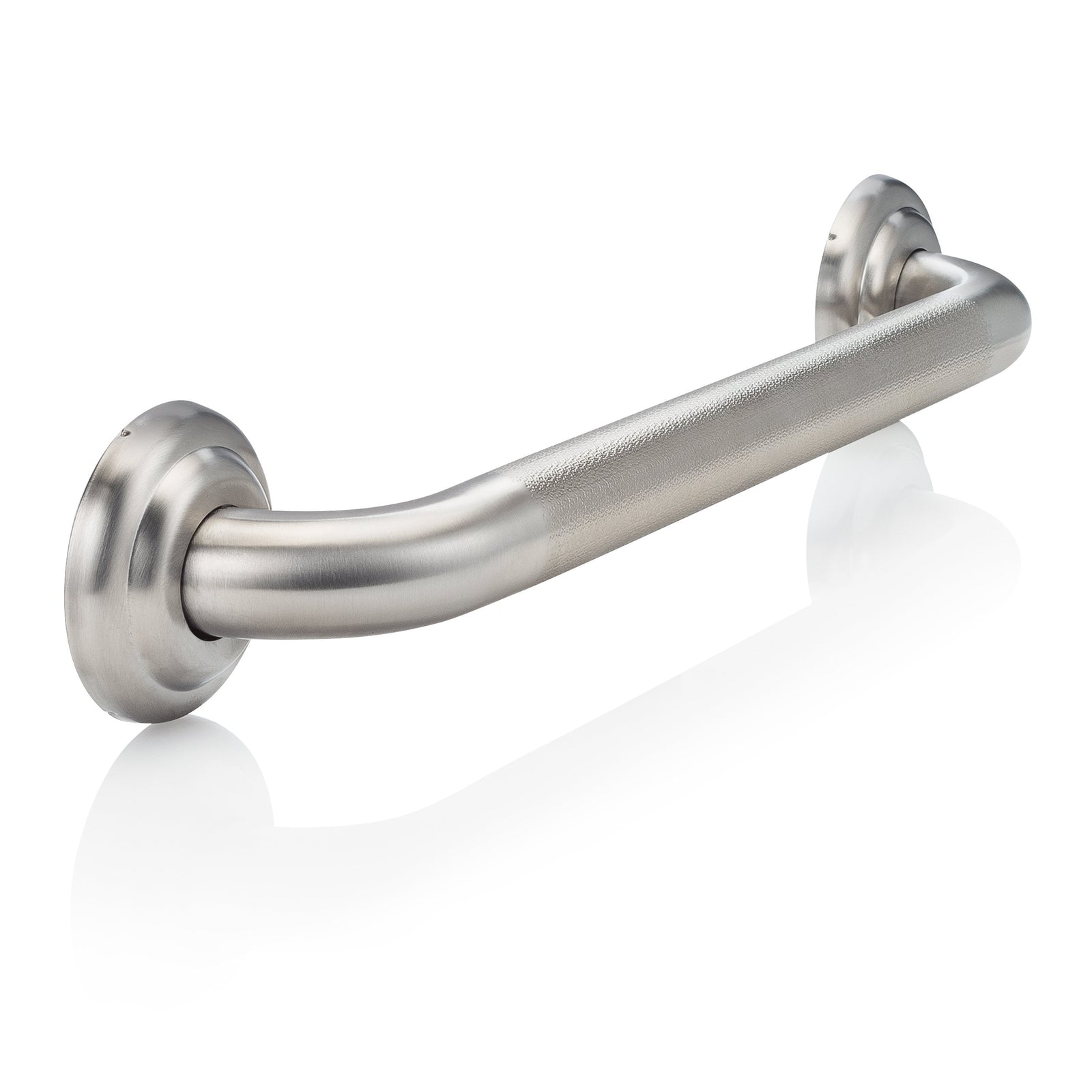
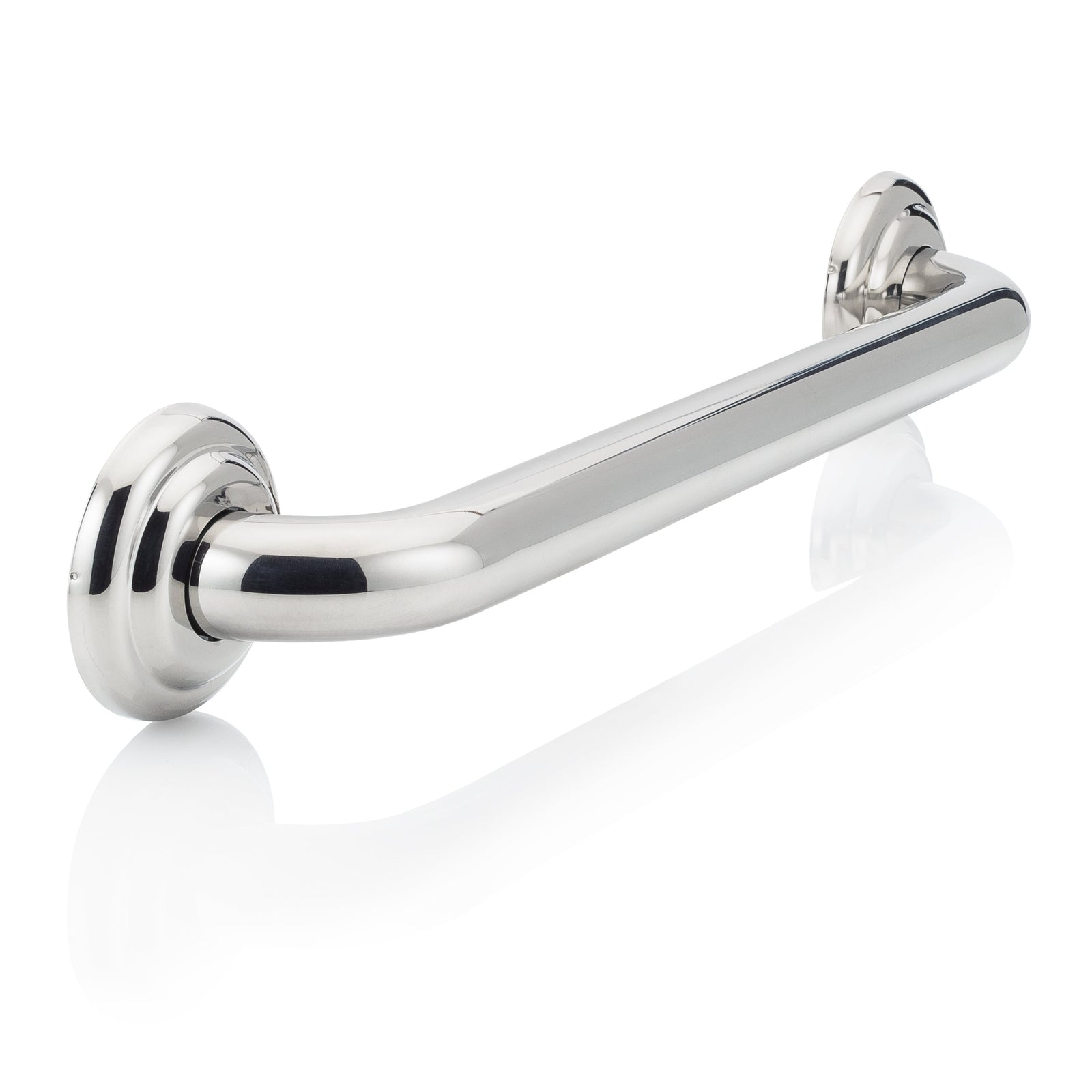
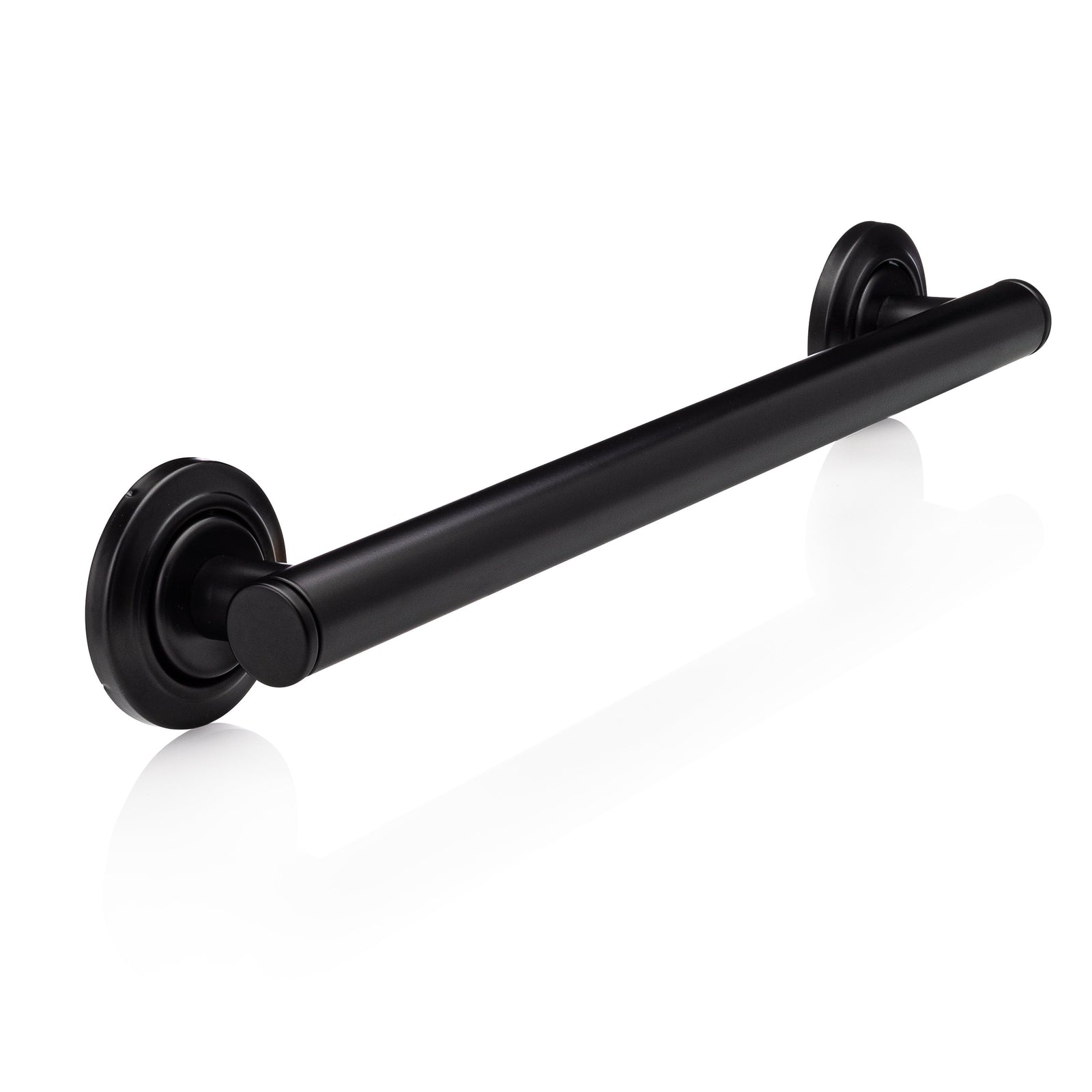
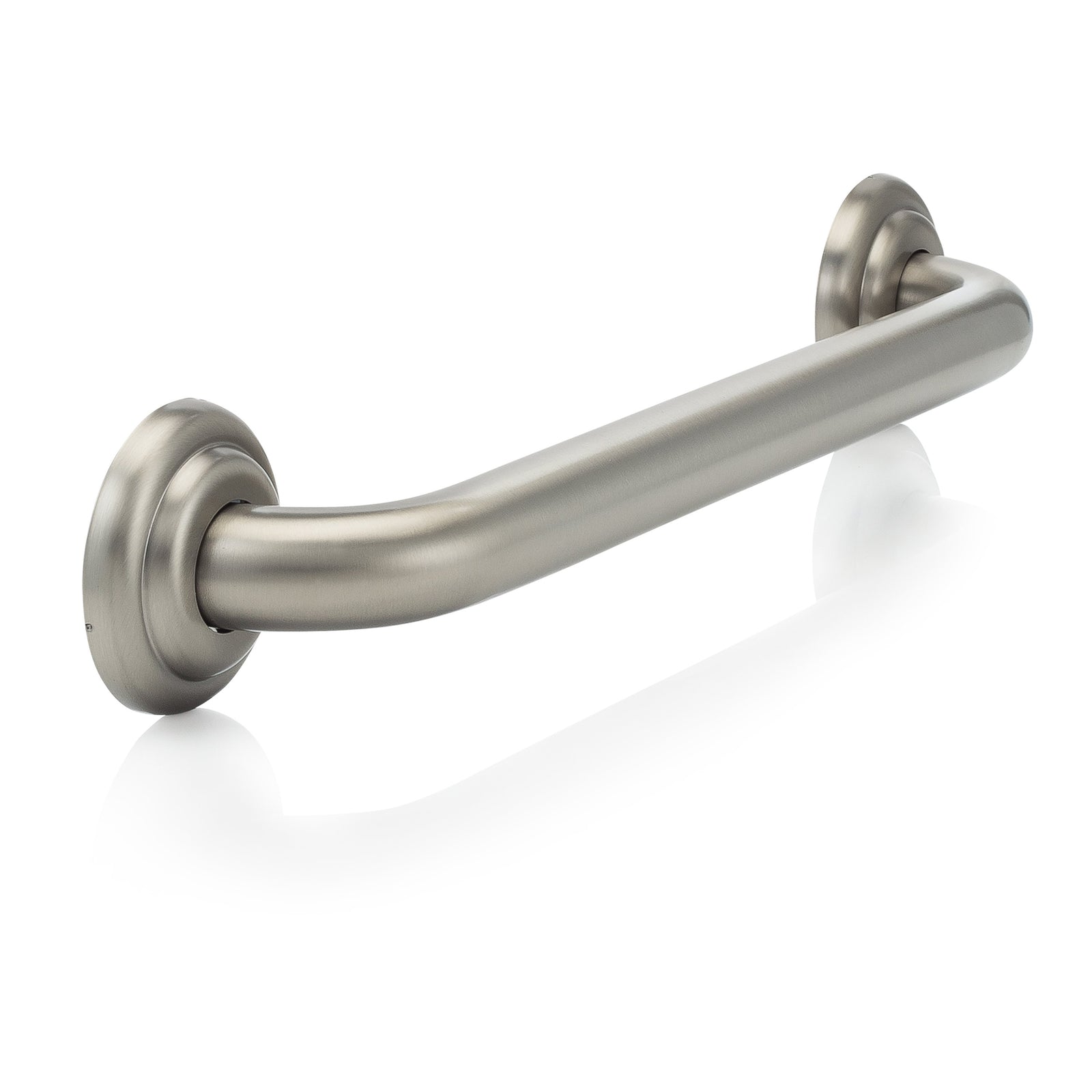
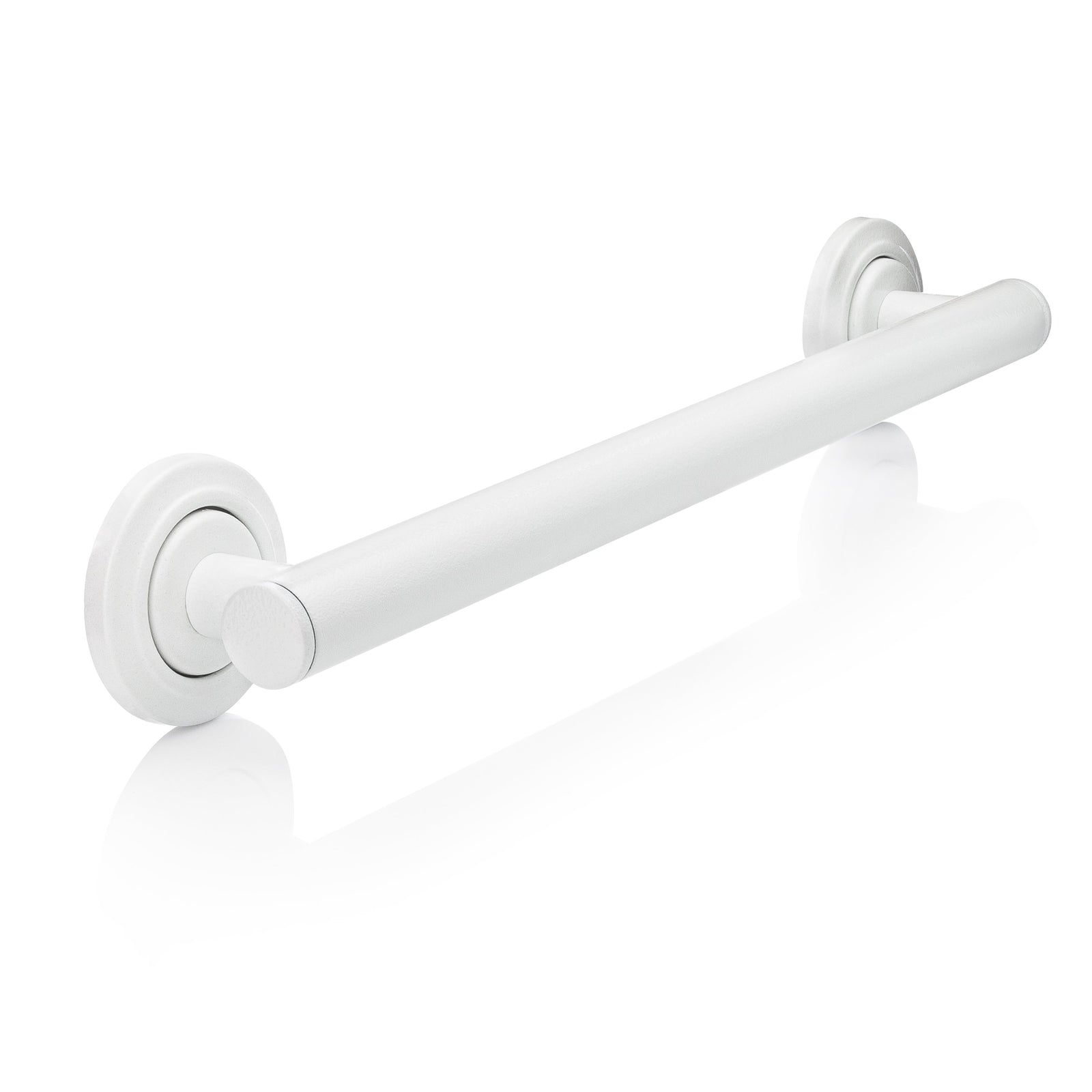
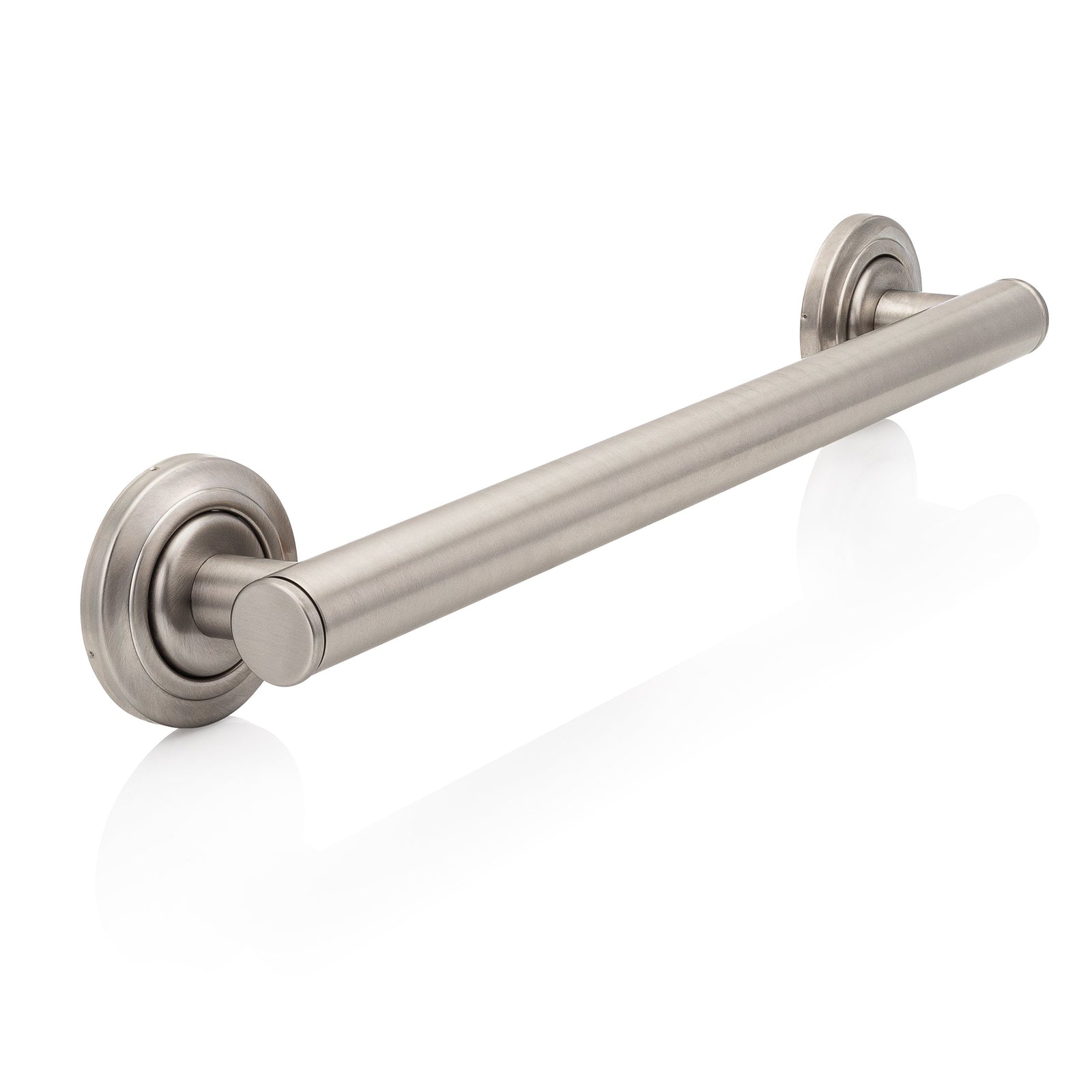
Leave a comment (all fields required)